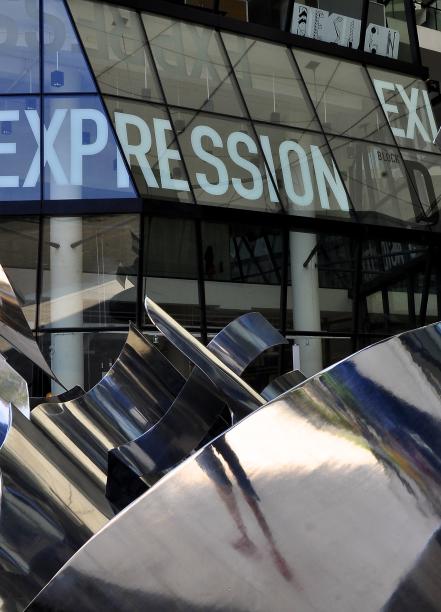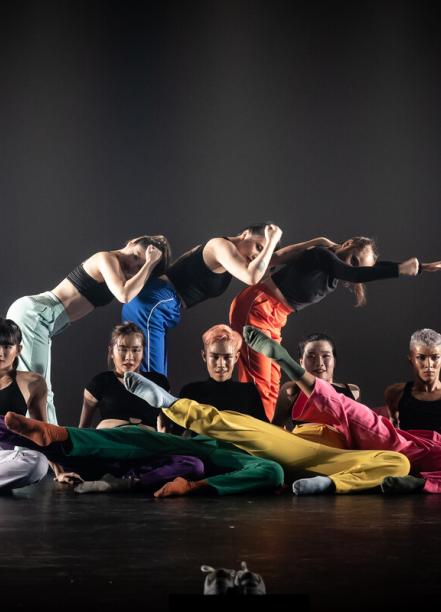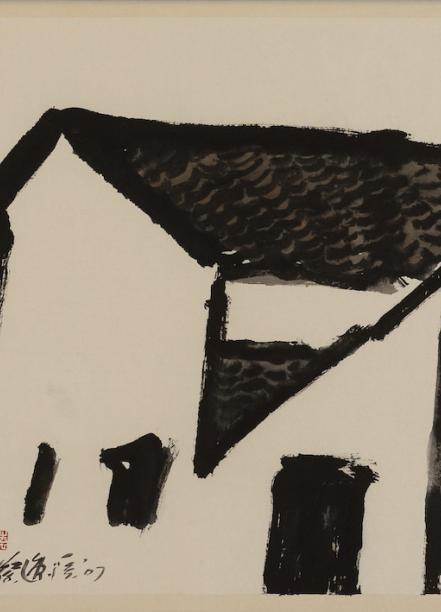Date
8 May 2019
Type
SeminarSpeakers:
Elizabeth de Roza, Senior Lecturer Faculty of Performing Arts, LASALLE
Dinu Bodiciu, Lecturer Fashion, LASALLE
Dr Clare Veal, Lecturer MA Asian Art History, LASALLE
Moderator:
Dr Stephanie Burridge, Independent Scholar, Singapore
Case Study: Paper Boat – an embodied response to sites/places and memories
Elizabeth de Roza
Paper Boat is a site-responsive performance that was inspired by an essay of Juhani Pallasamaa: ‘Space, Place, Memory and Imagination: The Temporal Dimension of Existential Space’. Paper Boat travelled to a variety of cities in different states of change, all moving at different speeds of ‘experiential reality’, some seemingly more in danger of what Pallasma has described as ‘cultural amnesia’ than others. These countries were Myanmar, Singapore, Brazil, Sri Lanka, and Germany. The performances took place over a six-year period from 2008 to 2013. Throughout, the performance was constantly evolving and changing in its design and approach as it travelled to the various countries. My collaborator and I treated the core structure of the work, a physical score, and certain objects with which we worked, as a site of negotiation, a hybrid place in which to graft, to interweave, the site and culture of the country that was hosting us. The performance was interactive and attempted to open a still, contemplative space for the audience (and ourselves), a space in which to slow down and excavate the parts of us lost in Pallasamaa’s ‘dizzying acceleration of the velocity of time today’. Paper Boat combined an evolving choreographic score with site-responsive elements, and opportunities for the audience to have a voice through recordings and pieces of writing that were part of the narrative interwoven into each performance. It was a hybrid of pre-existing structure and audience and culture driven design. This presentation will outline some of the cross-cultural processes and choices we had to make, as well as attempt to articulate the issues faced in each environment. Each cross-cultural encounter created different possibilities, demonstrating the necessity for such performances to continuously evolve in response to the environment in which they are performed. Notes: One can say that the city itself is the collective memory of its people and like memory it is associated with objects and places. The city is the locus of this collective memory: Aldo Rossi
Shadowear: A New Way of Re-(a)dressing the Body
Dinu Bodiciu
Shadowear is a practice-based research that challenges the conventional approaches to the body in the process of fashion design. The prevailing methods in fashion design approach the body as a subject to be dressed and attempt to translate its three-dimensionality into garments. Yet, such approaches overlook the multiple existences and extensions of one’s body. This project explores the body from a new perspective: through the body’s shadow projections onto various surfaces and in different contexts. Expanding the borders of the body and implicit of the garments into the territory of the shadows and their flat appearance has the potential to dissolve perceptions of race, size, individuality, gender and identity. Under the influence of light, transient features that the body produces onto surrounding surfaces –shadows– can be considered as impalpable extensions which trace our existence and continuously accompany us. Aiming to decipher the visual information hidden within the silhouette of the shadow and translate it into garment-making, the designer has freedom for innovation and play. This method entails both a rigorous approach to the shadow silhouette in the process of pattern making, but also an imaginative undertake to make the ephemeral and impalpable, permanent and tangible. This research proposes a new method in fashion design by shifting the focus in the process of creation from the three-dimensionality of the body to the flatness of one’s shadow. This method is an attempt to redefine and challenge existing fashion conventions and to explore new approaches of the body, investing the designer with a range of new roles, exemplified through Shadowear, a new method for designing and making garments from and for one’s shadows.
Water is Never Still: Araya Rasdjarmrearnsook's Sculptural and Installation Practice
Dr Clare Veal
This paper examines the early sculptural and installation practices of renowned Thai artist and writer, Araya Rasdjarmrearnsook (b. 1957). Although most scholarly and curatorial attention has focused on Araya’s moving image works, particularly those that involve corpses, this paper moves towards one of the artist’s many beginnings. This gesture is not undertaken in the hope of developing a chronological account of Araya’s artistic development, but is instead an attempt to read her early three-dimensional works through insights gleaned from her later artistic and literary practice. Specifically, in examining Araya’s work from an inter-medial perspective, I apprehend how the production and reception of her sculptures and installations involve an interplay between moving and static bodies. As I argue, when understood in conjunction with the ways in which Araya’s oeuvre simultaneously invites and refuses feminist readings, these works provoke a reconsideration of questions of agency and impotence, and their assumed correspondence between action and inaction.



